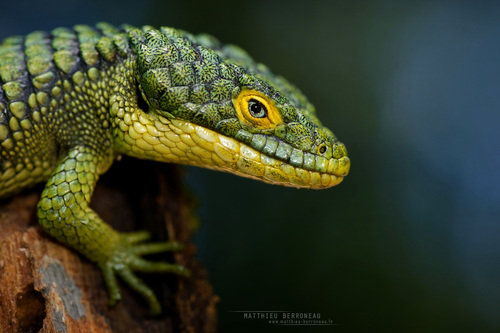
Mexican Alligator Lizard
The Mexican alligator lizard, Abronia graminea, thrives in Mexico's cloud forests. With vivid green scales and a dragon-like appearance, it skillfully maneuvers through misty treetops using its prehensile tail. This arboreal reptile plays a vital role in its ecosystem, maintaining insect populations.
10 years
Lifespan
21.0 g
Weight
Length: 16 - 32 cm
Size
Green, Orange
Color
3 years
Age of Sexual Maturity
Endangered
Conservation Status
Decreasing
Population Trend
Characteristics
Abronia graminea, commonly known as the Mexican alligator lizard, is a vibrant, arboreal reptile native to the cloud forests of Mexico. It has bright green scales, a prehensile tail, and a striking resemblance to miniature dragons. Its habitat includes high humidity and dense foliage.
Distribution Range of the Mexican Alligator Lizard
Abronia graminea, commonly known as the Mexican alligator lizard, is native to the mountainous regions of southern Mexico, particularly within the states of Veracruz and Puebla. It inhabits the cloud forests and montane regions within these areas.
Mexican Alligator Lizard's Habitat
Environmental Conditions
The typical habitat of Abronia graminea includes humid, subtropical to montane cloud forests with dense canopy cover. These regions are characterized by high humidity, frequent mist and fog, and moderate to cool temperatures. The elevation range for these habitats is typically between 1,200 and 2,600 meters above sea level.
Ecological Niche
Abronia graminea is an arboreal species, primarily dwelling in the trees and shrubs within its forest habitat. It is adapted to a life among the foliage, where it feeds on insects and other small invertebrates. The species plays a role in controlling insect populations and potentially serves as prey for larger predators, maintaining ecological balance.
Copyright @ Nature Style Limited. All Rights Reserved.
 English
English